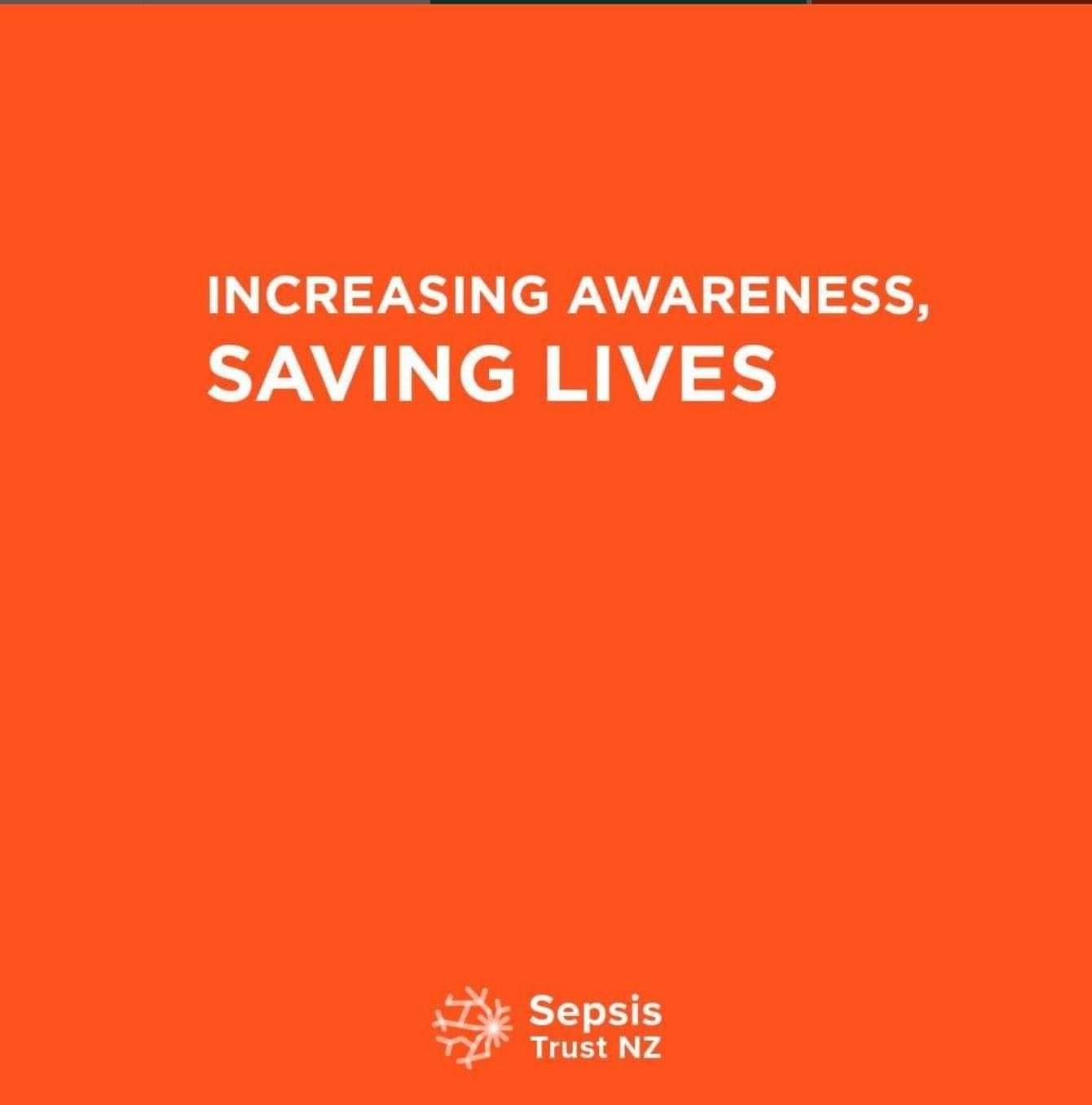What is Sepsis?
Could this be sepsis? | Goodfellow Unit
We highly recommend this 30-minute course - created by The Goodfellow Unit, in conjunction with us, as a fantastic overview of how to upskill in unmasking sepsis.
Click here to access the course
Learning objectives for this short course are to:
Recognise sepsis as a common medical emergency, including subtle community presentations.
Understand risk stratification and how it guides management and use of critical language.
Understand how to talk to patients, whānau and caregivers about sepsis.
Appreciate haemodynamics in children (vital signs and examination), and how they relate to sepsis progression.
Understand inequities in sepsis prevalence, including which children are particularly at risk of sepsis.
Identify common post-sepsis symptoms (sometimes referred to as the post-sepsis syndrome).
Assumed knowledge: history taking and physical exam regarding finding the source of infection
What causes sepsis?
When microorganisms (germs), such as bacteria, fungal or viral infection get into your body, they can cause an infection. If that infection isn’t stopped, it can cause sepsis. Sepsis is not an infection, but an inappropriate response to an underlying infection.
The most common infections that cause sepsis are:
An infection of the lungs
An infection of the kidneys and bladder
Infection of skin, joints and/or bone
A problem in your abdomen (puku) like a hole in the bowel
An infection that starts in the bloodstream and heart

